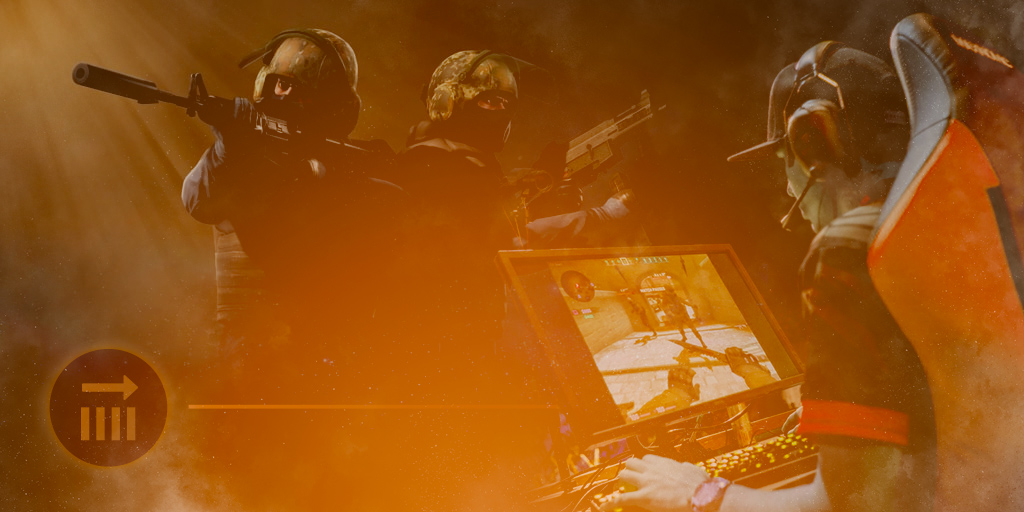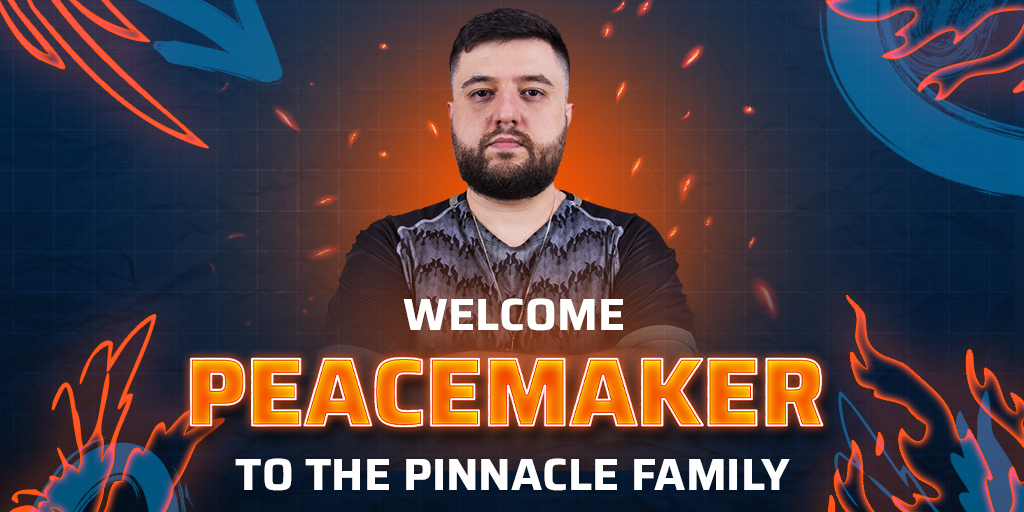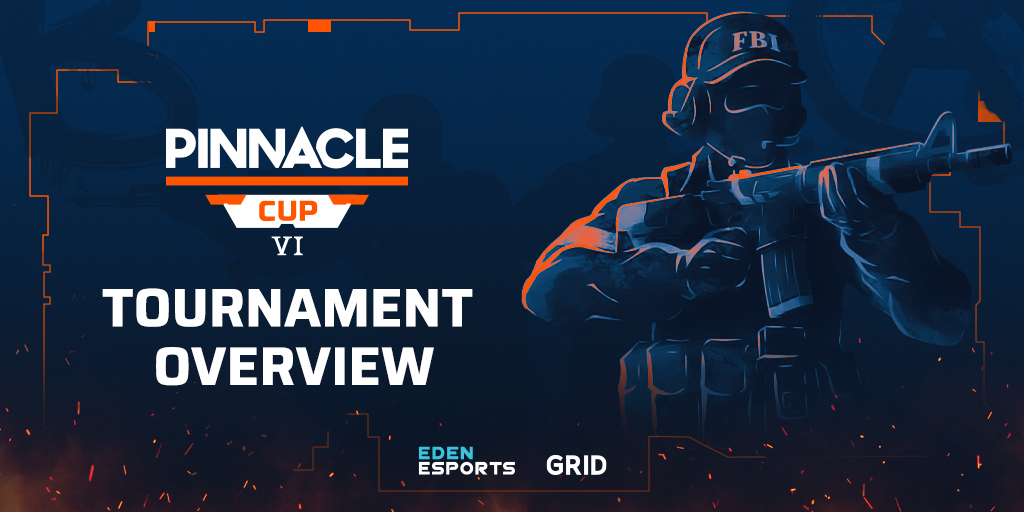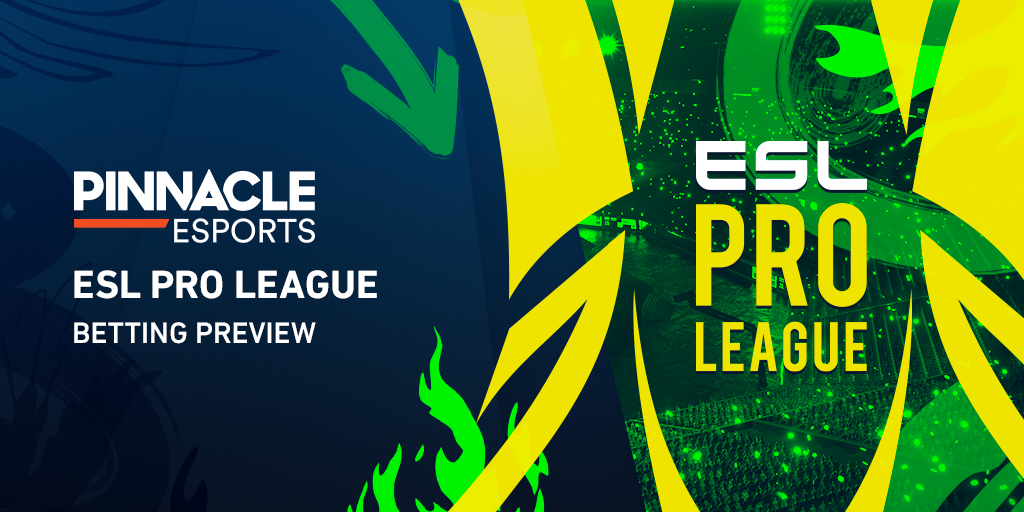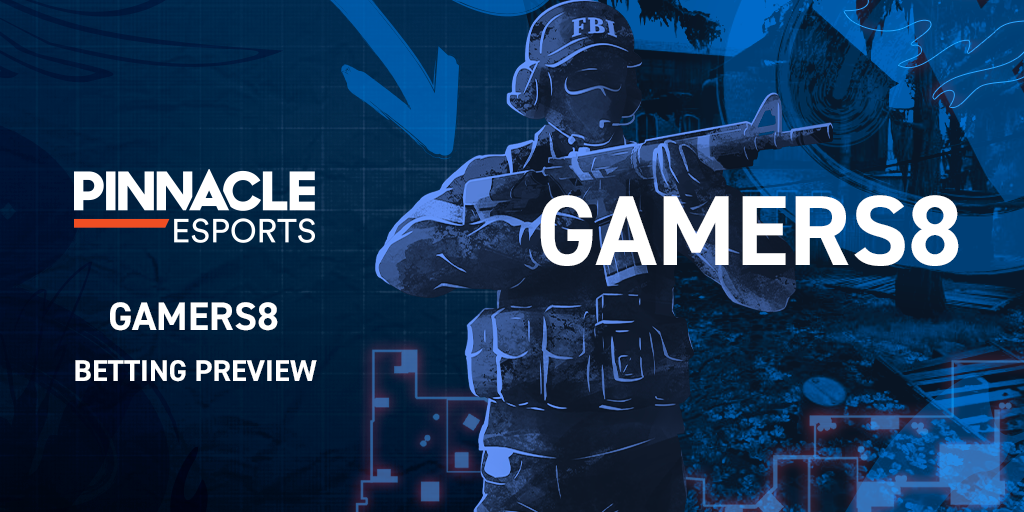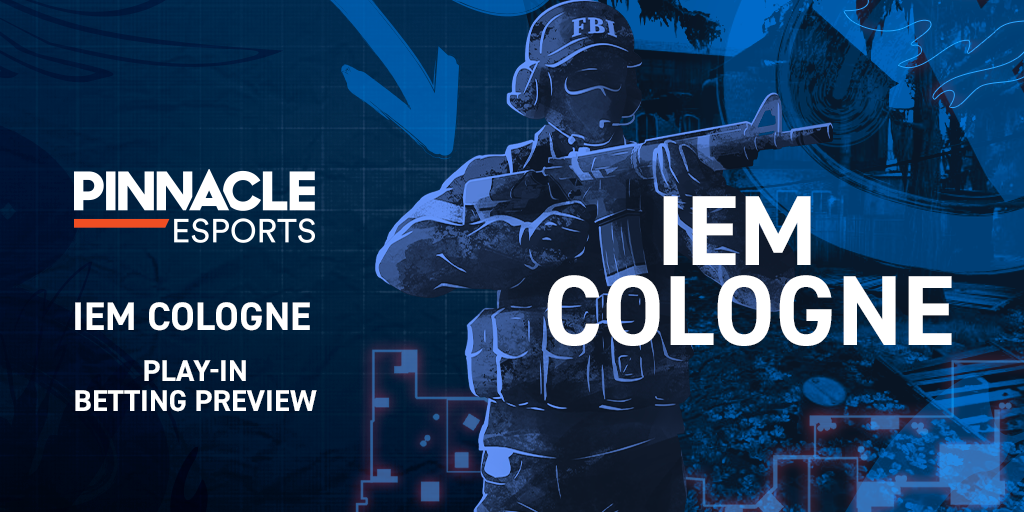Having watched and participated in expert panels for years, I can safely say that consistency is one of the most recurrent terms in the realm of Counter-Strike. In fact, one of the highest praises we can possibly give to a player is to say they’re consistent.
The community, fans, experts and, more importantly, their teammates, know what they will bring to the table once an official match begins. Five consistent players form a team whose low will never be dangerously low. As such, aiming for consistency surely is a goal for any CS:GO player, no matter the level of competition they partake in.
But how can you “practice consistency”? Below I’ll try to summarize some advice, tips, and perspectives to keep in mind in order to limit, as much as possible, the rollercoaster that your consistency level can be.
Mechanical consistency
The first level of consistency that you can look for is mechanical. Obviously, the more hours you play Counter-Strike, the more your muscle memory will develop and the more you’ll master working with your sensitivity, your crosshair placement and the different spray patterns. Specifically, playing deathmatch sessions, aim maps and other similar tools will provide the kind of training you’ll need in that regard.
I only want to add that diversity, in the way that you practice, will help make your mechanical consistency more complete. What I mean by this is that some players mistakenly only train, for example, on headshot deathmatch servers with the AK47, all day every day. Indeed, your raw aim and the control of your sensitivity will improve, but these are only pieces of the puzzle.
- Read more from Maniac: The impact of fatigue on performance
You should also spend time on pistol deathmatch servers, play M4A4/M4A1-S deathmatch to learn spray control and even take these bad boys into headshot only sessions, if you have solid nerves.
Having a diversified training protocol not only ensures your mechanical mastery is more well-rounded, it also helps to keep you motivated, as your exercises will not seem as repetitive and the challenges will always vary.
Decision-making consistency
A different, more challenging, yet incredibly important type of consistency to consider is the one related to decision making. Arguably, this dimension is criminally underrated as it is fundamental to top level Counter-Strike. With the exception of some absolute skill magicians, like Oleksandr "s1mple" Kostyliev, I consider that most top players’ consistency comes from their ability to make the right choice more often than not.
Learning how to decipher these patterns, read them and exploit them will help anyone reach a higher degree of consistency.
Although their skill clearly allows them to take down their opponents, it is their placement, their movement, the angles they hold and their game sense that put them in these favourable positions. How can you get to that point? First of all, Counter-Strike players will always need a little bit of flashiness here and there, to be able to take some crazy risks and have intuition. I won’t downplay the importance of this aspect.
That being said, the best way to attain consistency is to look at CS:GO like a language that has an intricate set of rules you need to learn. The higher the level you play at, the more refined these rules become. Trying to follow these rules will help you erase some of the mistakes you can make at times.
Let me give you an easy example: It is widely accepted that if, on the defensive side, you have a five vs. three situation, the best choice, 99% of the time, is to play a little bit more defensively and to force your opponents into crossfires, using the number advantage that you have. Following these rules when you play pick-up games, practices and officials will help you build a set of control data that you can then observe and reflect upon.
How could you know which tactics work to defend ramp on Nuke, if you change your approach ten times in each game and if you only spontaneously follow your intuition? How will you know how to improve these tactics if there isn’t any repetition? In Psychology we commonly say that, to become an expert, you need about 10,000 hours of practice. This implies a certain degree of repetition during the activity too.
Pattern recognition
I am well aware that, in its finest detail, every situation in Counter-Strike can be unique and you must always assess the whole situation. However, I believe consistency is about finding the patterns in these situations and learning how to minimize the amount of “live analysis” you need to undertake during a game.
We only have a limited amount of cognitive energy to use at a given time, so the more mental shortcuts you can use, the more freed up energy you’ll have to assess unexpected situation that will undoubtedly happen.
- Read more: What makes a good IGL?
I would recommend for aspiring professionals, and generally all players, to try and figure out these principles and not only use them as a “filter” to look at CS:GO, but also try to apply them while they are playing. Then, if a situation doesn’t go their way, to try and figure out if and where in the decision tree the mistake has been made.
Amidst the beautiful chaos that Counter-Strike can sometimes be, certain events repeat themselves. Clutches on given maps often look the same, players use similar key positions over time and dedicate utilities a certain way. Learning how to decipher these patterns, read them and exploit them will help anyone reach a higher degree of consistency. I know it is easier said than done, but it is a perspective that helped me a lot when I was playing.

